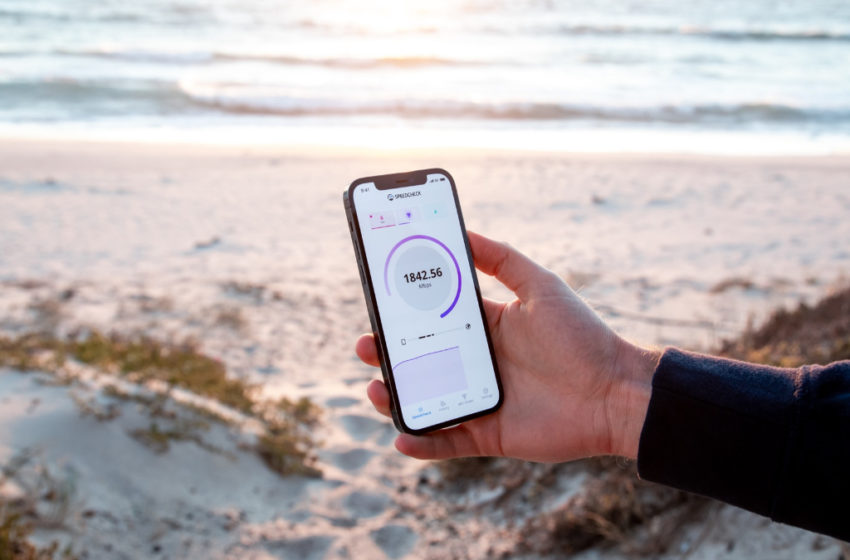Mobile Data: Everything You Need to Know

With so many people using their smartphones for tasks that need an internet connection, mobile data is one feature that most people check when they get a new cell phone plan. Given that a majority of cell phone plans include unlimited text and minutes, the difference in the price of plans mostly comes down to the mobile data. Here’s all you need to know about what it is and how to manage it.
What Is Mobile Data?
Mobile data refers to all the information that you send from your phone and receive on it via a wireless connection – typically using your mobile data. A few common examples of activities for which you need your mobile data are playing online games, browsing the web, streaming music and video, checking emails, scrolling through social media accounts, using Google Maps, and more.
The Truth About Unlimited Data
The first thing you need to know about mobile data limits is that overage charges don’t really exist, which means going over the limit will not cost you anything more. Instead, what your carrier will do is throttle your data speeds. This means your data speed will be slowed down considerably once you cross the limit. There are two common types of unlimited data plans:
Unlimited Plans that Have a Guaranteed Full-Speed Allowance
These unlimited plans allow users to use up their data at full speed before any slowing down occurs. Once you reach this limit, you will experience full speeds but, at times, when the network gets too congested, your data may be slowed down in order to provide enough bandwidth to customers who still haven’t reached the limit yet.
Unlimited Plans with No Guaranteed Full-Speed Allowance
As with the previous option, these plans have an unlimited amount of data you can use. However, when the network is congested, you may experience reduced data speeds regardless of just how much high-speed data you have actually used.
How to Manage Your Data Usage
If you find that you are constantly exceeding your data limit, here are some things you can do:
– Sign on to a secure WiFi, whenever you can
– If the apps you use have data-saving features, make use of them
– Track your data using your phone settings
– Download music or videos only when you are WiFi


